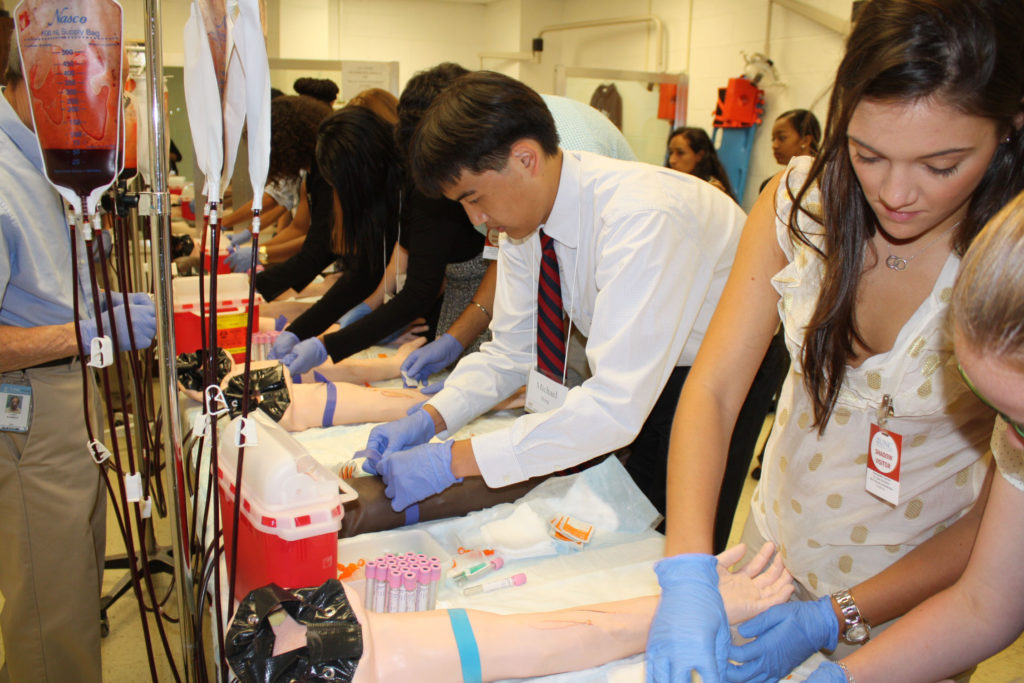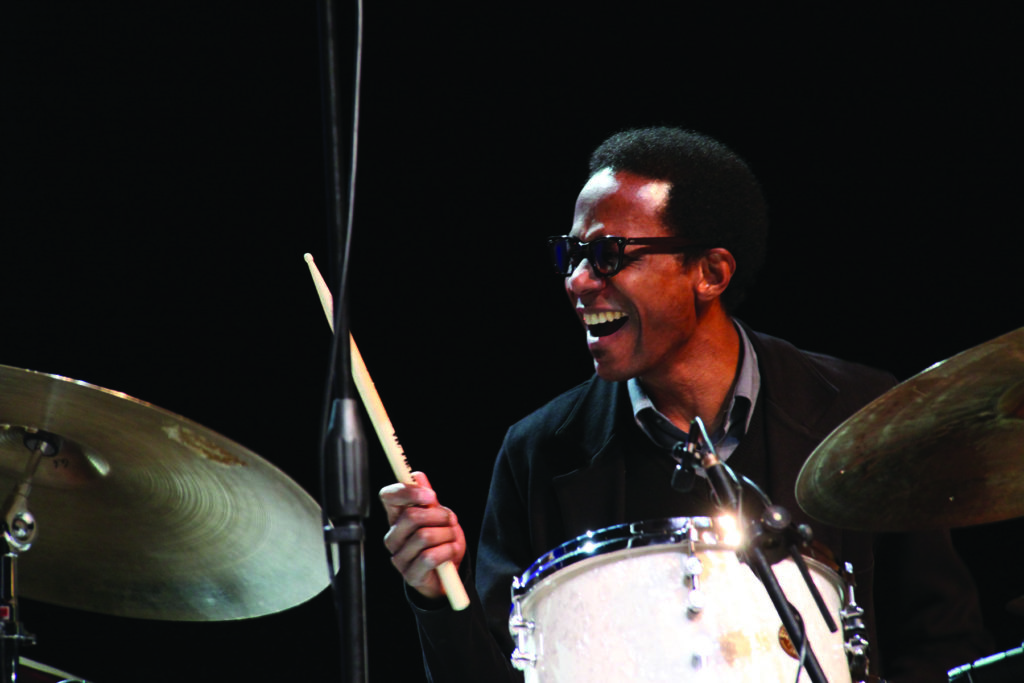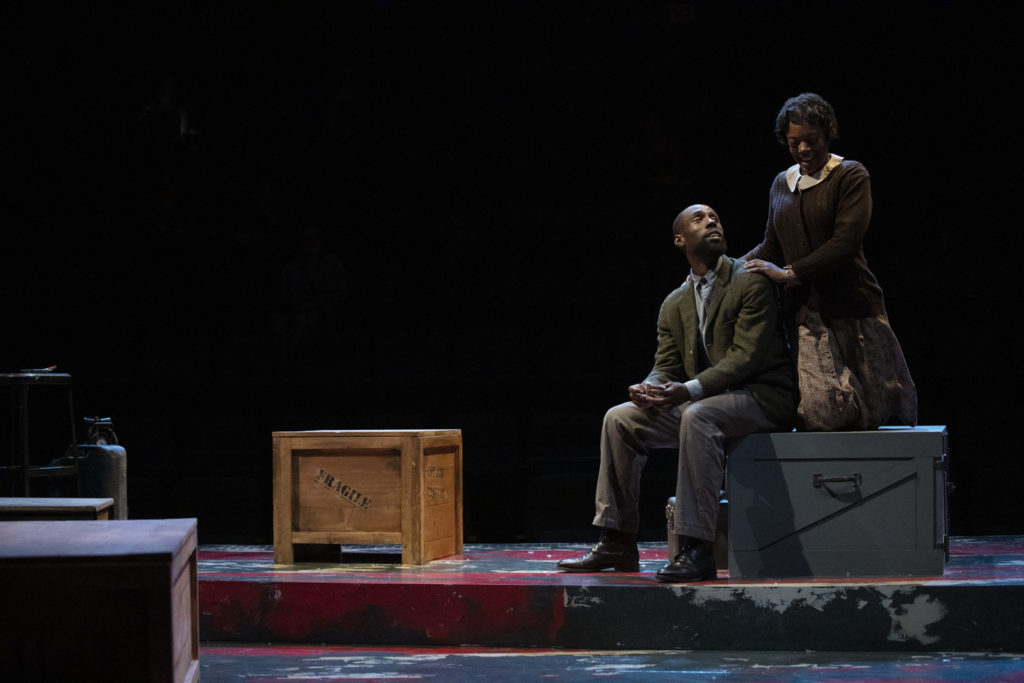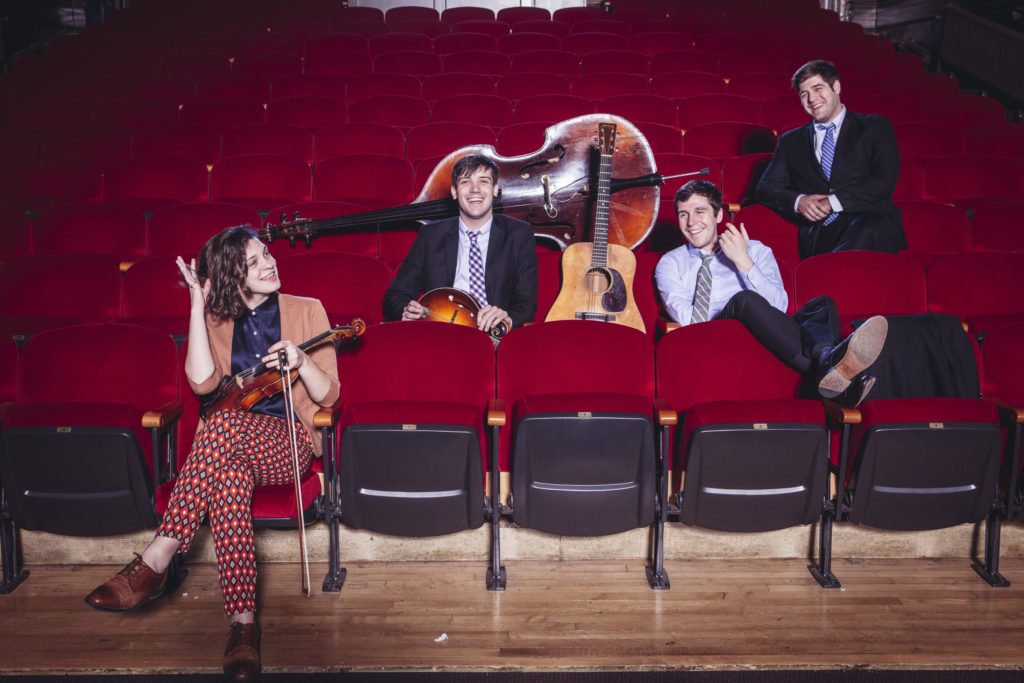The University prepares to tell the story of the first people who lived here.

Carolina may be the oldest public university in the nation, but its 224 years are just a sliver of the history of this area. Long before Revolutionary War Gen. William R. Davie (as the legend goes) sat under a poplar tree and decided this was where the University should be built, indigenous people lived here – hunting, gathering, trading.
Until the appointment of the Chancellor’s Task Force on UNC-Chapel Hill History in fall 2015, “the University hadn’t told the prehistory of the University or the history of the first people on this land,” said Amy Locklear Hertel, a task force co-chair who also served as director of the American Indian Center.
“I was thrilled that our chancellor wanted to make sure that we were considering the indigenous history of this great research university,” added Hertel, a member of the Lumbee Tribe of North Carolina and a descendant of the Coharie Indian Tribe. “That came in our initial charge.”
In that charge, the task force “is responsible for developing a comprehensive approach to curating and teaching the history of the University,” as explained on the website historytaskforce.web.unc.edu.
Since the November 2016 completion of its initial project – the creation of the Carolina Hall Story exhibit – the task force has focused on McCorkle Place, the tree-shaded area between the Old Well and Franklin Street that is the historic heart of the campus. Its landmarks include the University’s first buildings, the Davie Poplar, the Confederate Monument (“Silent Sam”), the Unsung Founders Memorial and the Speaker Ban Monument.
“The right time”

But before all of that came the area’s indigenous people, whose story will also be told. “We’re in the stage right now of doing the research and pulling the scholarship together. As we get closer to having some design ideas and content ideas, we want to invite people across the community to talk about how best to tell this story,” said James Leloudis, history professor and another task force co-chair. Leloudis is also Peter T. Grauer associate dean for Honors Carolina and director of the James M. Johnston Center for Undergraduate Excellence (Vice Chancellor for Student Affairs Winston Crisp is the third co-chair.)
The McCorkle Place project will include repairs and renovation of the Unsung Founders Memorial and a historical interpretation of the space using signs and online content. Developing the language for sharing the stories of the native peoples who lived here is part of Phase 1 of the project.
“It’s wonderful to work on this during the month of November,” which is American Indian Heritage Month, Hertel said. “To be able to talk about it in the ways that we are and to start engaging people in the process communicates to me that the timing of this process is the time that it needs to be. It’s the right time.”
Digging into history

The task force turned to Carolina faculty and researchers who specialize in the study of Native Americans for their scholarship. One of the researchers is Stephen Davis Jr., associate director of the Research Laboratories of Archaeology and adjunct professor in the anthropology department.
“There’s a very ancient presence of native peoples here, going back not just a few centuries before European settlement but millennia, to the end of the Ice Age, and there’s direct archaeological evidence of that great antiquity at sites very close to Chapel Hill,” Davis said.
Europeans arriving in the second half of the 1600s recorded observations of the Occaneechi, Shakori, Eno and Sissipahaw tribes in what is now Orange County. Davis and other archaeologists have excavated village sites of the late 17th-century Occaneechi and Shakori in Hillsborough and Sissipahaw on the Haw River. They have also traced ancestors of the Shakori, Eno and Sissipahaw archaeologically to at least the 15th century.
Here on campus, archaeologists have not discovered the remnants of villages but have found artifacts, probably from hunting campsites. The best treasure trove on campus was unearthed with the 2004 renovation of the James Lee Love House, when native artifacts from a 1500- to 2000-year-old campsite were found under an abandoned well house. Stone spear points, which at the time were thought to predate the native manufacture of pottery, were discovered alongside numerous fragments of broken cooking pots in the undisturbed soil beneath the well house. This find demonstrated the co-occurrence of these two artifact types and has helped archaeologists understand better the native people who lived here before the emergence of agricultural villages.
Trails and titles
Another researcher on the project is Garrett Wright, a sixth-year doctoral candidate specializing in Native American history. While his personal focus is on the Pawnee nation of Nebraska, he used the same research methods to find out about this area’s indigenous people.
His most important finding is that almost all of today’s local roads began as Native American trading paths, Old Highway 86 being the best example.
“Another interesting thing I found was that North Carolina was heavily involved in the trade of Native American slaves,” he said. Some tribes took prisoners of war and civilian captives in battles with other tribes. At first, they only traded these prisoners with other Native Americans, but when the
colonists arrived, they began to trade with them. As demand for labor grew, so did the Native American slave trade. But the trade had become so violent that Native Americans declared war on the British colonists to bring the practice to an end by 1720.
At about the same time, the English colonial authorities seized local land inhabited by Native Americans and granted it to upper class Englishmen known as the Lords Proprietor. Most of this part of North Carolina was given to the Earl of Granville, an English lord who never set foot in the colonies but received money from land sales to colonists – particularly profitable since the English never paid for the property taken from the indigenous people already living there.
As part of telling the story of these native peoples, the history task force will also consult with their descendants, leaders from eight American Indian tribes in North Carolina.
“It’s a story whose history is present in the Native nations and people here today,” Hertel said. “We’re engaging them in this process and, to me, that is quite exciting.”
The story of Native Americans here before and since the University was founded is told in the Priceless Gem campus tour called Native American Narrative. The next tour is at 3 p.m. Nov. 17, starting at the Visitors Center. Find other American Indian Heritage Month events.
Story by Susan Hudson, University Gazette




